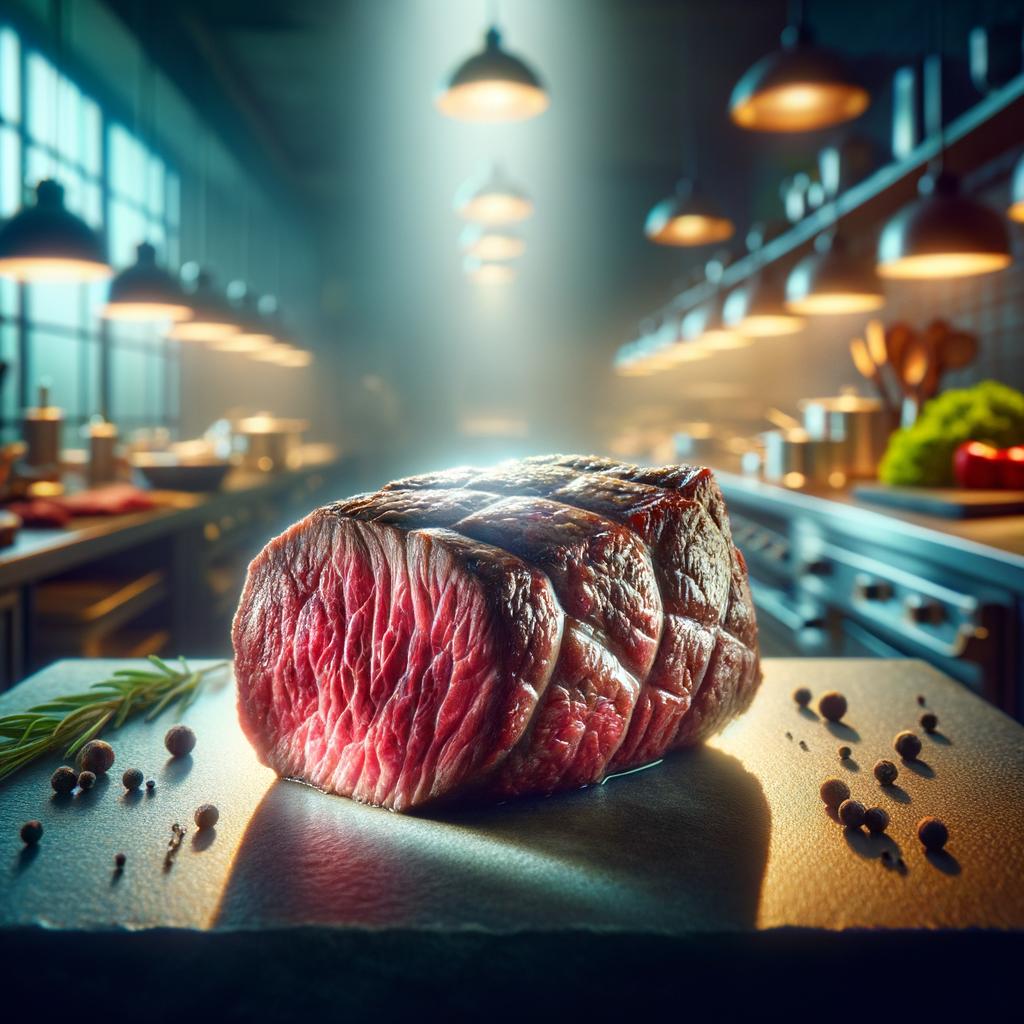Beef Tenderloin

Beef Tenderloin
Description
Beef tenderloin, a prime cut of meat, is the epitome of culinary luxury. It is renowned for its buttery soft texture, succulent flavor, and minimal marbling. This cut is found along the spine of the cow, and it's one of the least worked muscles, which accounts for its tenderness. Its color varies from a rich, deep red to a vibrant pink, indicating its freshness. Unlike other cuts of beef, the tenderloin possesses a delicate, almost melt-in-your-mouth quality that sets it apart, making it a highly sought-after delicacy in the culinary world.
Primary Uses
Beef tenderloin is a versatile ingredient that graces the menus of high-end restaurants and family dinner tables alike. It is commonly roasted whole, but it can also be cut into smaller portions known as filet mignon, tournedos, or Chateaubriand. This cut of beef is a key component in a variety of dishes, from the classic Beef Wellington to the French favorite Tournedos Rossini. While its primary use is culinary, the tenderloin's luxurious reputation has also made it a symbol of celebration and indulgence in many cultures.
History
The history of beef tenderloin is as rich as its flavor. In the past, this cut was reserved for nobility and the upper class due to its premium quality. It is said that King Henry VIII of England loved this cut so much that he knighted it "Sir Loin," hence the name. Over time, the popularity of beef tenderloin spread across the globe, with each culture adding its unique twist to its preparation. Despite its royal beginnings, beef tenderloin is now enjoyed by many, marking special occasions and turning ordinary meals into extraordinary culinary experiences.
Nutritional Information
Beef tenderloin is not only delectable but also nutritious. It is an excellent source of protein, providing essential amino acids for muscle growth and repair. It also contains significant amounts of vitamins B12 and B6, zinc, and selenium. However, it is higher in fat and cholesterol compared to leaner cuts of beef, making moderation key for those monitoring their intake. Despite this, when compared to similarly luxurious cuts like ribeye, the tenderloin is relatively lean, making it a slightly healthier choice for those seeking indulgence without compromise.

